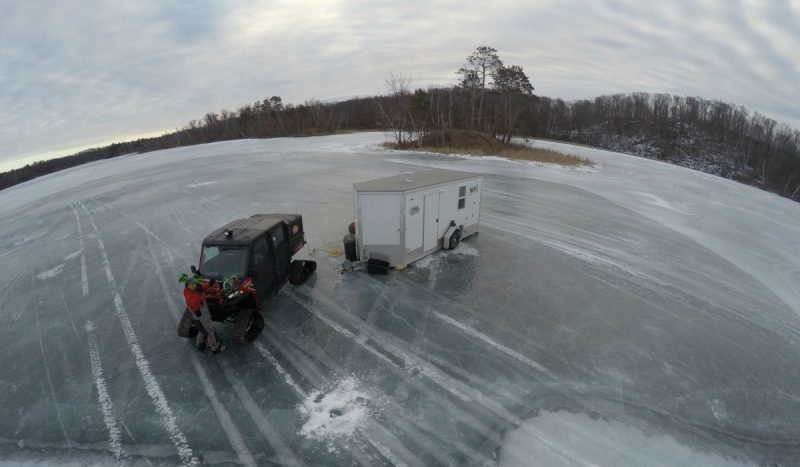9 Things to Consider Before Buying Your First Wheelhouse
Joel Nelson 12.13.17
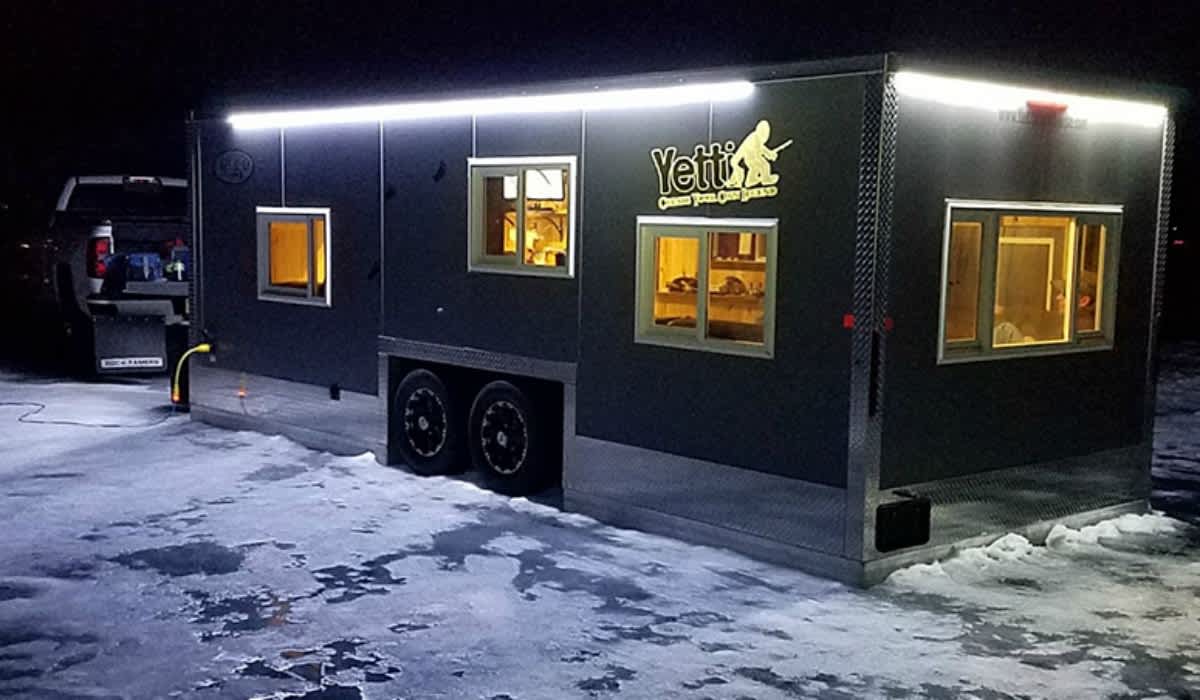
Those of us living in the North have seen it firsthand — the market for ice fishing in luxury has exploded in recent years. The number of wheelhouses on the lakes and roadways is at an all-time high. And the reason is simple — wheelhouses provide unmatched fishing comfort during winter, no matter the wind speed or low air temps, and the towable houses can be used year-round for family vacations, hunting trips and more (think travel trailer).
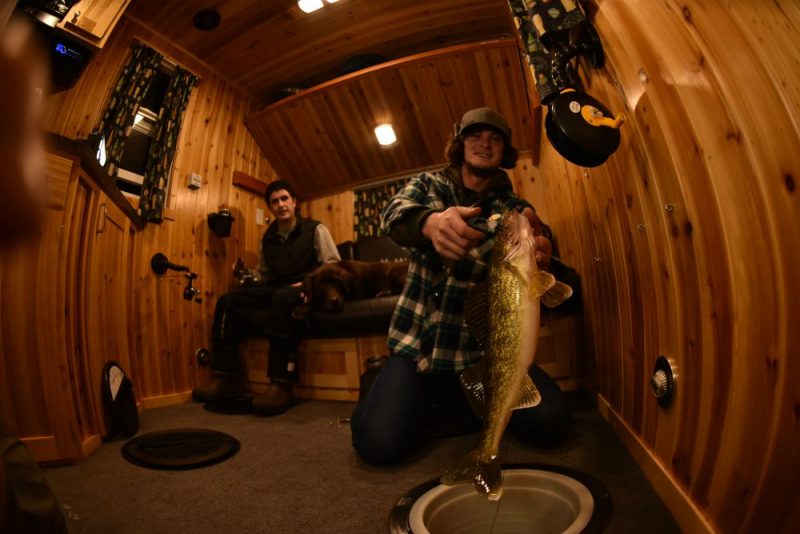
Of course, the options available on modern wheelhouses are almost endless, and the price tags can cause anyone to choke on their perch fillets, so it’s up to you to do the homework and get the most bang for your buck. I recently put in an order for a wheelhouse myself, and know from experience that settling in on several key purchase points will help make the process go more smoothly. Not only will you fish better, but you’ll sleep easier — in the wheelhouse! — knowing that you got a good deal.
1. Size: It’s easy to say that you’ll want the largest house on the lake, but think long and hard about how you fish. While a smaller model might fit the budget better, my dealer tells me that there’s a good percentage of buyers that trade back in for bigger houses a year or 2 down the road. If you’re already on the fence regarding how big you should go, you probably want to choose the larger size. Tandem-axle trailers offer a good degree of comfortable trailering, and offer larger capacities in terms of weight and storage when in use.

2. Structure: Steel and wood frames are cheaper, but they also rust and rot. Aluminum frames and body (photo below) make for a much lighter and potentially more rigid shell, while solving many of the ongoing maintenance concerns to the backbone of your trailer. Speaking of “ongoing,” a 3- to 5-year warranty should be standard for any well-made wheelhouse, but all the warranty in the world won’t make much difference if the company folds. That’s why I’d recommend going with an experienced manufacturer that will be around to answer the phone down the road if you have questions or issues.
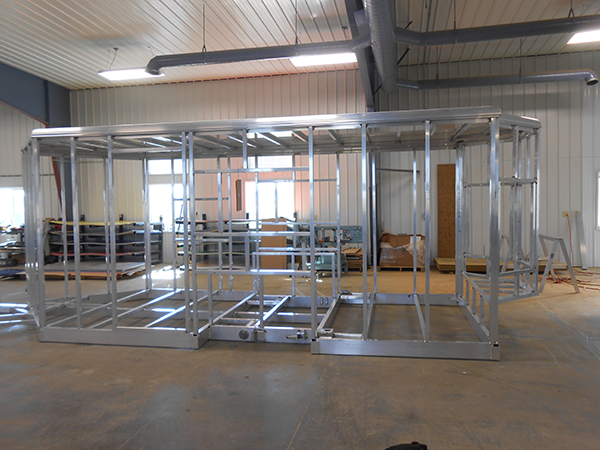
3. Resale: This is often the last thing on anyone’s mind when considering buying a new wheelhouse. Face it, a big-ticket item like this will have a sunset date, and if you’re unsure as to when that may occur, it really makes sense to buy top quality; chances are good you’ll own this wheelhouse for many years. Just like any bit of modern technology, the better you buy at the outset, the less outdated you’ll be in years to come. Thankfully, you can use Craigslist, Facebook ads, and visits to your local dealership to gauge reasonable resale value in 5 or more years down the road.
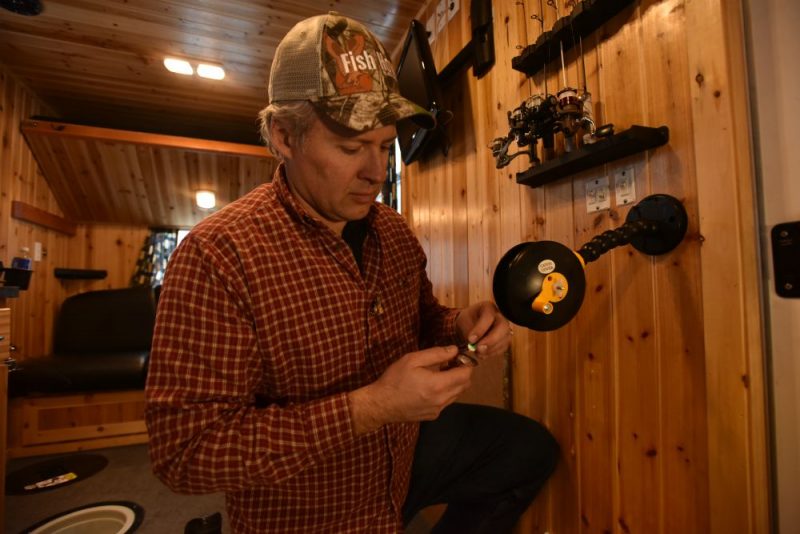
4. Quality: A good starting point is to look for fine craftsmanship inside and out. Is the interior wood finished, the floor insulated, and wiring connections soldered and heat-shrunk? Many wheelhouses offer what appear to be ample storage and cupboard space, but open the doors and you’ll find plumbing and heating equipment, pipes and electrical runs. Another place to look are the windows, of which any old recreational vehicle (RV) design is fine until it’s 20 below zero and condensation with re-freeze disallows you actually using them to vent. Look for home-quality glass and substantially built offerings from all wall fixtures, shelves, cabinets, doors and windows.
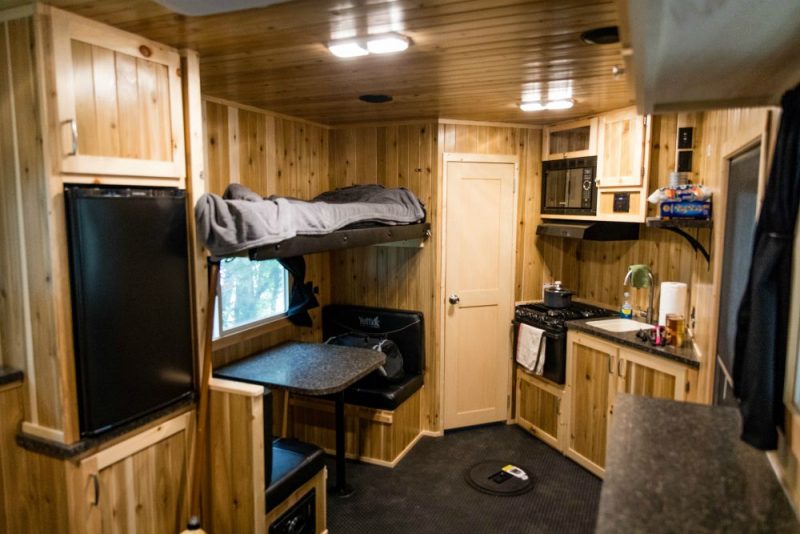
5. Versatility: I’m a firm believer that with the cost of any wheelhouse these days, it better be just as good in the summer as it is in the winter. To that end, you’re looking for many features found in the latest RVs, which includes an installed air conditioning unit on top. Many models come wired for it, but know that to make it truly flexible for all seasons, you’ll likely want it cooled. If you need to haul an ATV, UTV or other items, consider a drop-door in the rear that’ll allow you to drive into your “toy-hauler.”

6. RV Certification: It’s a little-known fact that summer use of a wheelhouse can be limited depending on whether or not your unit is RVIA (Recreational Vehicle Industry Association) certified. Depending on the municipality, along with state and local regulations, some campgrounds might not permit the use of non-RV-certified wheelhouses. Why? Because RV-certified house manufacturers are subject to random inspections, and adhere to codes that cover electric, plumbing, brake lights, heating and fire safety. Ultimately, if you’re interested in parking your wheelhouse on more than just ice, this could be a big part of your purchasing decision.

7. Storage and Carrying Capacity: Storage is what really sets these wheelhouses apart, as you’ll often be packing for extended stays with multiple people. Keeping organized on ice is a key to your fishing success when dodging all of the items your average hotel room contains, so well thought out options that fully utilize the whole space are a premium. So is the vehicle weight rating. If you’ll be using this house in the summer as a toy-hauler, then you need to figure in the weight of the unit you’re hauling, plus gear, RV water and/or waste tanks.
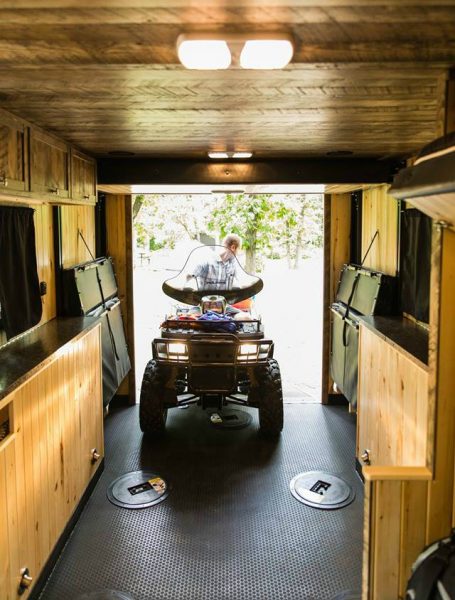
8. Dealership: Shopping for the right dealer can be as important as the actual purchase of your wheelhouse, because working with someone local and trustworthy is both convenient and crucial to this process. A good dealer works with product lines that have a strong support network, with both dealer and brand supporting one another before AND after the sale. Use commonsense, and see how dealers react to your questions. If they’re defensive, have excuses, or otherwise don’t address your concerns, don’t risk it — take your business elsewhere.
9. Price vs. Value: For most, this is where the rubber meets the road, and getting what you pay for is evident in many ways. The trick is evaluating these options, and determining what you can and cannot do without. I found that similar to a boat purchase, which is to say, you get what you pay for. Often, extra dollars invested in the front end reap rewards several fold in terms of trouble-free service, longer-lasting products, and higher resale value when you eventually go to sell it.
Needs change constantly as our families, fishing and lifestyles adapt, and it helps to go into this process knowing that you can always sell, upgrade or trade-in to fit the needs of the future. If you buy a popular brand, model and size, then you’ll always have the opportunity to get out from under it if necessary.
I’m a strong proponent in buying reputable, well-built equipment with a strong warranty and track record. Treat it well, and you’ll have a wheelhouse that serves you well year-round, and maintains value over time.
